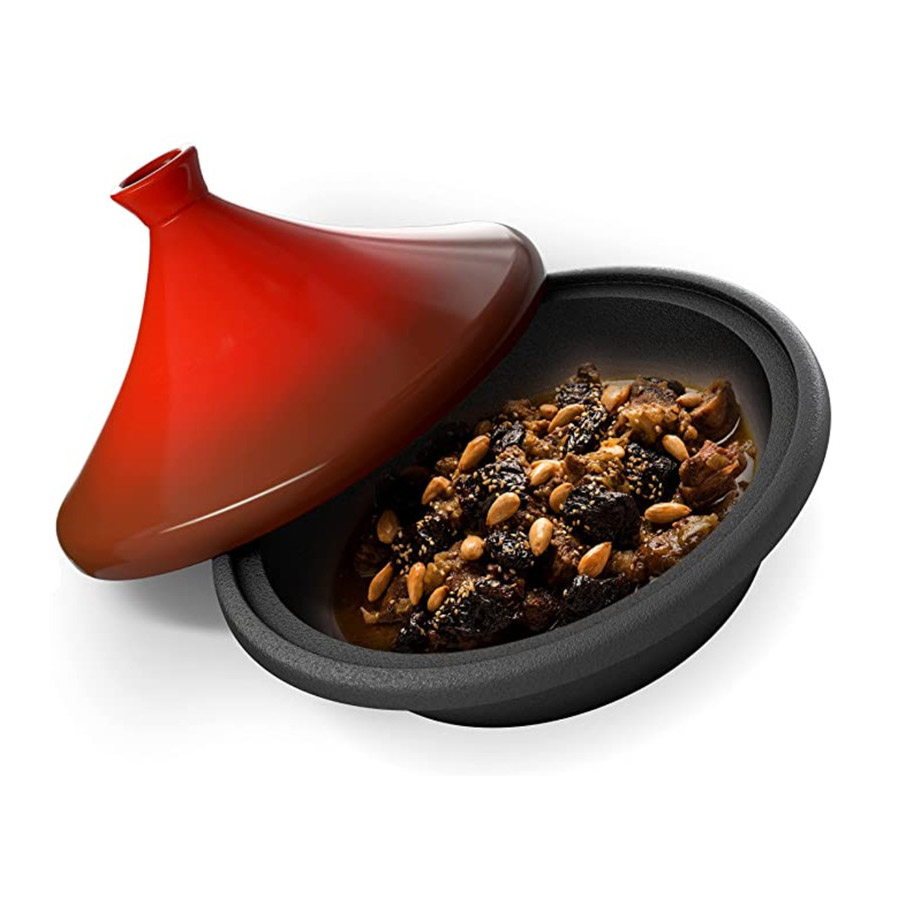- 150m Southwards, West DingWei Road, Nanlou Village, Changan Town, GaoCheng Area, Shijiazhuang, HeBei, China
- monica@foundryasia.com
Sep . 24, 2024 11:06 Back to list
Using Cast Iron Pans on Glass Cooktops Tips and Best Practices for Safe Cooking
Using Cast Iron Pans on Glass Cooktops A Comprehensive Guide
Cast iron pans have long been celebrated for their durability and exceptional heat retention, making them a favorite among home cooks and professional chefs alike. However, when it comes to using cast iron cookware on glass cooktops, caution is warranted. This article explores the advantages and potential drawbacks of using cast iron pans on glass cooktops, along with best practices to ensure safe and effective cooking.
Advantages of Using Cast Iron on Glass Cooktops
1. Heat Retention One of the most significant benefits of cast iron is its ability to retain heat. When properly preheated, a cast iron pan will maintain a consistent temperature, allowing for even cooking. This is particularly beneficial for searing meats or frying foods.
2. Versatility Cast iron pans are incredibly versatile; they can be used for frying, baking, grilling, and even serving. This adaptability makes them a practical choice in any kitchen, including those with glass cooktops.
3. Non-Stick Surface With the right seasoning, a cast iron pan can provide a natural non-stick surface. This makes it easier to cook food without sticking and simplifies the cleaning process.
Points to Consider
While there are many advantages to using cast iron pans on glass cooktops, there are also some considerations to keep in mind
1. Weight Cast iron pans are considerably heavy. When placed on a glass cooktop, there is a risk of cracking or damaging the surface if the pan is dropped or mishandled. It’s essential to handle cast iron cookware with care to avoid any accidents.
cast iron pan on glass cooktop

2. Smooth Surface Compatibility Glass cooktops require flat-bottomed cookware to ensure even contact and heat distribution. Most cast iron pans feature a flat base, but irregularities can cause uneven cooking or potential scratching of the cooktop. Ensure your pan is well-maintained and has a flat, smooth bottom.
3. Potential for Scratching Although cast iron is durable, rough edges can scratch the glass surface of the cooktop. To combat this, lift pots and pans rather than dragging them across the surface, and avoid using overly aggressive scrubbing pads during cleaning.
Best Practices for Use
To make the most of your cast iron pans on a glass cooktop, consider the following tips
1. Preheat Gradually Start with low to medium heat when preheating your cast iron pan. Sudden temperature changes can cause thermal shock, leading to cracks in both the cookware and glass cooktop.
2. Monitor Temperature Cast iron retains heat exceptionally well, so keep a close eye on the temperature to avoid overheating, which can damage food and potentially the pan itself.
3. Use the Right Cookware Ensure that your cast iron pan has a flat, smooth bottom that is compatible with glass cooktops. If you have multiple cast iron pieces, check their bases regularly to ensure they are in good condition.
Conclusion
Using cast iron pans on glass cooktops can be a rewarding experience, provided certain precautions are taken. By understanding the unique characteristics of both cast iron cookware and glass cooktops, you can enjoy the benefits of cooking with cast iron without risking damage to your stovetop. With careful handling and proper technique, you can create delicious meals while maintaining the integrity of your cooking equipment.
-
Pre-Seasoned Cast Iron Cookware: Durable & Non-Stick
NewsAug.05,2025
-
Lightweight Nonstick Enameled Cast Iron Skillet | Perfect Kitchen Essential
NewsAug.04,2025
-
Lightweight Nonstick Enameled Cast Iron Skillet - Healthy Cooking
NewsAug.03,2025
-
Premium 2 Quart Enameled Cast Iron Dutch Oven | AI-Enhanced
NewsAug.02,2025
-
Premium Enameled Cast Iron Sauce Pan Cover | Even Heat
NewsAug.01,2025
-
Pre-Seasoned Cast Iron Wok - Fast Heat & Durable
NewsJul.31,2025